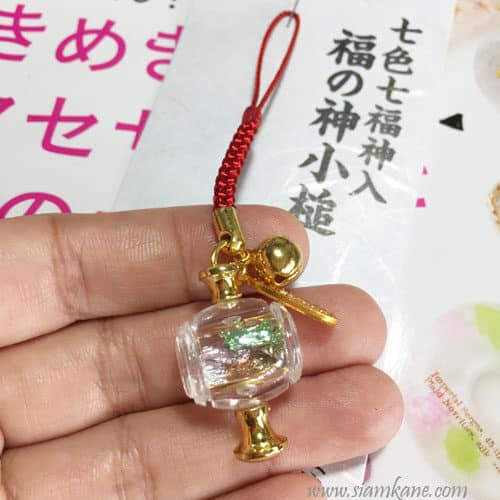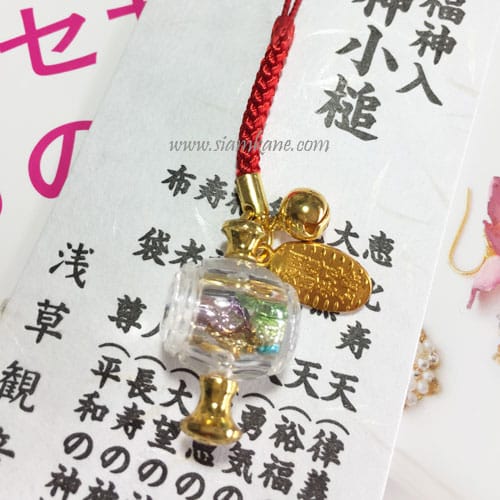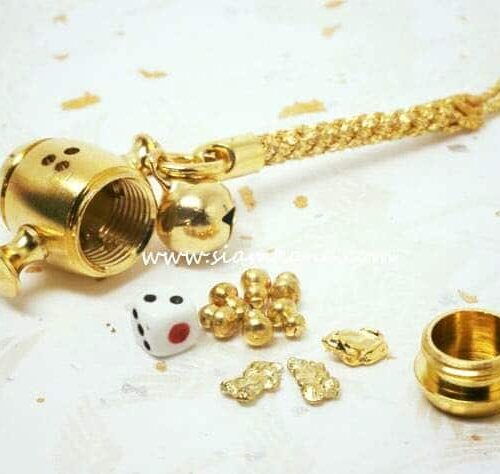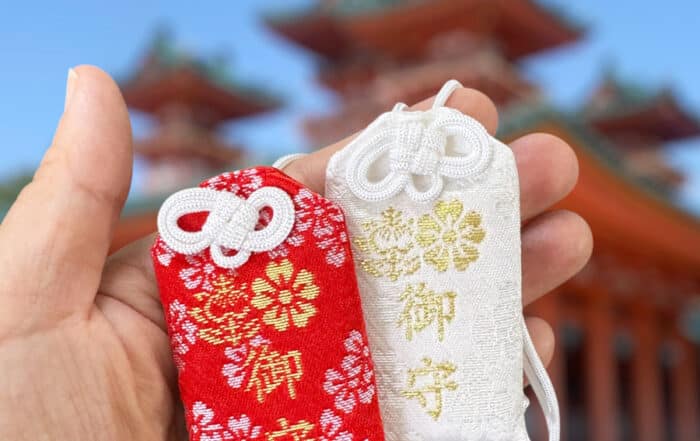7 God
The “Seven Lucky Gods” in Japanese mythology are a group of deities associated with good fortune, wealth, and prosperity. These gods, also known as the “Shichifukujin” (七福神) in Japanese, are often depicted together and are popular subjects in art and folklore. Each deity is believed to bring a specific form of luck and blessings. The Seven Lucky Gods are:
- Ebisu (恵比寿): The god of fishermen and merchants, associated with good fortune in business and prosperous commerce.
- Daikokuten (大黒天): A deity of wealth, commerce, and trade. Daikokuten is often depicted with a large sack of treasure and a magical mallet.
- Benzaiten (弁財天): The only female among the Seven Lucky Gods, Benzaiten is the goddess of knowledge, art, and beauty. She is also associated with music.
- Hotei (布袋): The god of happiness, contentment, and good health. Hotei is often depicted as a large, jolly figure with a cloth sack.
- Jurojin (寿老人): The god of longevity. Jurojin is portrayed as an old man with a long white beard, often accompanied by a deer.
- Fukurokuju (福禄寿): The god of happiness, wealth, and long life. Fukurokuju is recognized by his high forehead and long white beard.
- Bishamonten (毘沙門天): The god of warriors and protector of Buddhist teachings. Bishamonten is often depicted with a spear and a pagoda.
These Seven Lucky Gods are commonly depicted traveling together on a treasure ship called “Takarabune,” bringing blessings to those they encounter. During the New Year’s celebrations in Japan, it’s a tradition to visit shrines and temples associated with these gods to seek good fortune for the coming year.
QUICK MENU
RECENT POSTS
Sayuri Koi2024-11-24T22:48:34+07:00
Discovering Gotokuji omamori : Uncovering the Mysteries and Magic of the Lucky Cat Temple
Sayuri Koi2024-11-24T22:48:34+07:00Uncategorized|
TAGS
5 yen
amulet
Cat Luck
charm
Charms for Travelers
chusonji
fushimi
good fortune cat
hiraizumi
inari
japanese bracelet
japanese good luck bracelet
Japanese love amulet
japanese lucky gods
Japanese Omamori
kami
kitsune
Kiyomizu
Kyoto
love
love charm from Kyoto
love omamori
Luck Bracelet
luck coin
lucky
Lucky bracelet
Lucky CAT
Lucky charm
lucky coin
Maneki Neko
nonomiya
omamori
Omamori Charms
omamori for love
shrine
talisman
Japanese-Omamori® is an Omamori Online store established since 2001. sells Omamori and other products from Japan locate in Thailand. We were inspired by ecotourism and admired the uniqueness of Japan.
Japanese-Omamori®は2001年に設立されたお守りオンラインストアです。日本からタイにあるお守りやその他の商品を販売しています。私たちはエコツーリズムに触発され、日本の独自性に感心しました。
© Copyright 2012 - 2025
Japanese-Omamori.com
Best Omamori Online Shop
All Rights Reserved









